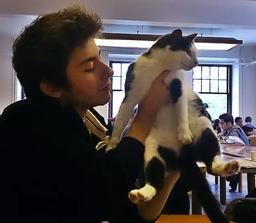In this lesson, you will learn the rest of the functions of -Dİk and -(y)EcEk. A quick reminder of what those are:
-Dİk and -(y)EcEk are used when relativizing:
- The direct object (which you saw in the previous lesson)
- The indirect object or the adverb (which you saw in the previous lesson)
- The possessor of a constituent which is not the subject
- The possessed of a constituent which is not the subject
Now let's see some examples for the third function.
| The Possessor | Turkish | English |
|---|---|---|
| Full Sentence | Mimar, binanın şeklini tasarlayacak. Babam hırsızın burnunu kırdı. | The architect will design the shape of the building. My father broke the thief's nose. |
| Relativized version | Mimarın şeklini tasarlayacağı bina Babamın burnunu kırdığı hırsız | The building that the architect will design the shape of The thief that my father broke the nose of |
The fourth function is a little different. You can only use this kind of sentences with pronouns as subjects of the relative clause. Let's see:
| The Possessed | Turkish | English |
|---|---|---|
| Full Sentence | Pantolonumun fermuarını bozdum. Limonun kabuğunu soyacaksınız. | I broke the zipper of my pants. You will peel lemon rind. |
| Relativized version | Pantolonumun bozduğum fermuarı Limonun soyduğunuz kabuğu | [Lit.] the zipper, which I broke, of my pants [Lit.]The rind, which you peeled, of lemon |
Like the second function, notice how the accusative cases of fermuar and kabuk have dropped.

